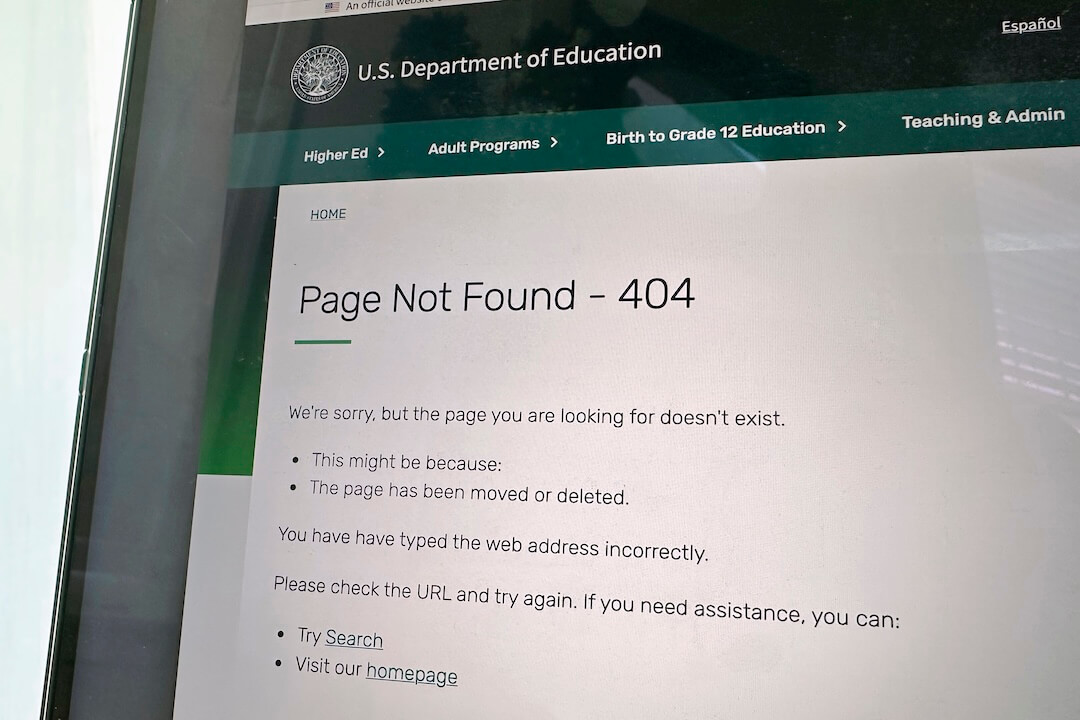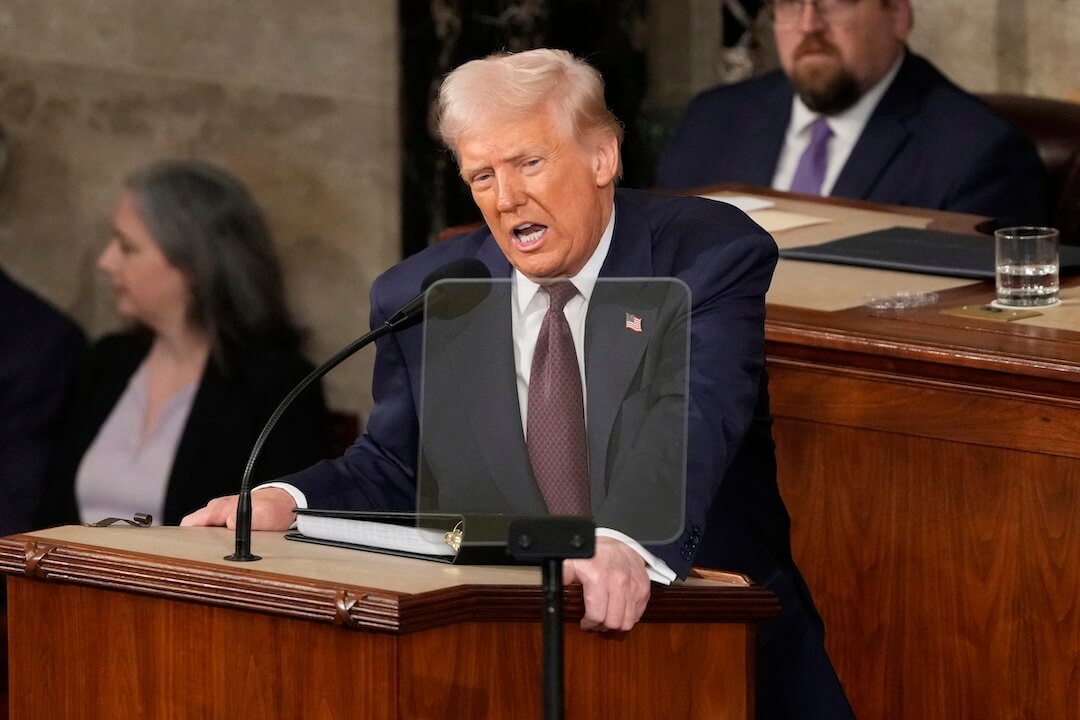I am a gun owner and have been since I was 13. When I do journalism workshops around the country, I often ask journalists how many of them own guns. Even in places like Texas and Oklahoma, a tiny percentage of the journalists I talk to own a gun or say they know much about them, but they cover stories that involve guns all the time.
Inevitably, the debate over guns and gun control will heat up again after the mass shooting at the Century theater in Aurora, Colorado. So let’s be sure that we are clear about some gun basics.
What is a caliber/gauge and why does it matter?
For starters, a bullet is what comes out of the barrel of a gun.
A cartridge comprises the bullet, the casing, the propellant (gunpowder), and the primer. The cartridge casing is the usually made of brass. That is what police often find at the crime scene. At the end of the casing is the primer. When you pull the trigger it drops a hammer on the primer, the primer ignites the gunpowder in the shell casing, which forces a rapid expansion of gasses that pushes the projectile out the barrel.
The caliber of a gun is the measure of the inside diameter of the gun’s barrel. It is expressed either in inches or millimeters. These three factors determine how lethal a weapon is: the caliber, the amount of power behind it, and how close the weapon is to the target. (Learn more about “stopping power” here.)
So a .45 cal. is a firearm with 0.45 inch diameter projectiles. The most common calibers, in order of size are .22, .25, .308, .32, .357, .38, .380, .40, .44, .45, or .50. You sometimes hear the word “magnum” included, which means the cartridge attached to the projectile contains more powder, which creates more velocity.
Shotguns usually come in .410 gauge, 10 gauge, 12 gauge, 16 gauge and 20 gauge. Shotguns fire shells loaded with shot. Unlike caliber, the higher the shotgun gauge, the less powerful the shot.
Bullets and ammunition
Even though some people use the words “clip” and “magazine” interchangeably, they are different. (See this photo to understand the difference.) Journalists should get this right because magazines are a hot topic in gun control circles. A pistol “clip” holds bullets together to make it easier to load into a gun. But a magazine completely surrounds the bullets and uses a spring to inject the bullet into the gun. Most semi-automatic weapons use magazines.
Different kinds of bullets serve different purposes and can determine how lethal a shot is.
Pistols, shotguns, rifles and assault rifles
Let’s start with the phrase you hear most often in the gun debate: assault rifles. To people unfamiliar with guns, they are scary looking, military style semi-automatic rifles. The shooter in the Aurora, Colorado theater shooting had an AR-15, which is an assault rifle. Assault rifles may have flash suppressors, bayonet mounts, folding stocks; and they use high-capacity magazines. They are used in a small percent of gun crimes despite their high profile in media stories.
Just because a gun can accept an ammo magazine does not mean it is an assault weapon. Ammo magazines feed cartridges into a gun, rather than using a cocking or pumping action to feed the gun’s chamber. Even small caliber guns can be built to use magazines. Gun control groups would like to limit the number of bullets a magazine can hold. The Aurora Police Chief said the AR-15 used in the Aurora shooting was fitted with a “drum” magazine. If that is true, it could have held 100 bullets, and the Chief said the attacker could have easily shot 60 rounds in a minute.
Shotguns fire “shells” rather than bullets. A shotgun shell may contain pellets or a slug. Shotguns are generally used to hunt birds like geese or pheasants or to shoot skeet/trap as sport. Shotgun loads do not travel nearly as far and are not as lethal at a distance as rifle bullets. Doctors treating the victims in the Colorado shooting reported plucking pellets from some of the victims. At close range, shotguns can be lethal.
Rifles are a large category that can include a range of weapons, from the more powerful ones to smaller .22 caliber rifle used by young shooters because they have so little kickback or by farmers who might use them to shoot rodents. Rifles have long barrels and can be single shot or semi-automatic, lever action, pump action or bolt action.
Pistols are handguns. They can range from cheap .22 caliber guns to the hefty Dirty Harry Smith & Wesson Model 29 revolver, chambered for a .44 Magnum cartridge. Police commonly carry semi-automatic pistols rather than the revolvers like Dirty Harry used. The shooter in the Aurora theater fired a “Glock” which is a brand of pistol that can be a .40 caliber weapon, as the suspect is reported to have used. Glock makes a wide range of other caliber pistols
Automatic, semi-automatic
A machine gun is an automatic weapon. An AR-15, like the one used in the Aurora theater shooting is a semi-automatic weapon.
Automatic weapons fire when you pull the trigger and keep firing until you release the trigger. A semi-automatic weapon requires you to pull the trigger for each shot. A single shot weapon requires you to reload, cock or pump the new load each time. Almost every gun that shoots is semi-automatic. This includes almost every modern gun made, except for some shotguns, bolt-action rifles, and some target sport guns.
A single shot firearm must be reloaded by hand after each shot. Lever guns, pump guns, or bolt guns require some action by the shooter to chamber another round.
The use of the phrase semi-automatic when talking about guns is like using the phrase “gasoline cars.” Use model numbers, calibers/gauges and manufacturers if you want to be precise.
What’s legal?
As the National Rifle Association points out, “While federal legislation receives the most media attention, state legislatures and city councils make many more decisions regarding [the] right to own and carry firearms.”
In Florida, where I live, one would not need to register a handgun, but in some other states residents must register. In some states it is against the law to ever carry a loaded firearm; in others you can get a permit to do so. In Kentucky, where I grew up, it is perfectly legal to carry a gun in the open where anybody can see it, though workplaces and other businesses may still restrict weapons.
See a state-by-state list of the laws.
Shotguns and handguns are legal in Colorado and in most of the United States.
Some states, including Connecticut, Massachusetts, New Jersey and New York, ban assault weapons. Hawaii and Maryland ban “assault pistols” and some cities in Ohio have an assault weapon ban. California bans some large caliber pistols and assault weapons.
The AR-15 semi automatic rifle that the suspect in the theater shooting used is not restricted in Colorado. It has not always been that way.
In 1994, the U.S. banned the importation and manufacturing of AR-15s and similar “assault weapons” and Congress also banned magazines that would hold more than 10 bullets. But there were so many already in circulation that they were not hard to find, even while the ban was in effect.
Ten years later, in 2004, the ban expired.
In order to purchase a gun at a gun store, a buyer would have to undergo a federal background check, which searches for criminal backgrounds or evidence of mental instability.
The hodge-podge of laws reflects the complexity of political and even regional sensitivities to this issue.
In addition to state laws, the federal government requires some types of weapons to be registered. The ATF says:
Some examples of the types of firearms that must be registered are:
- Machine guns;
- The frames or receivers of machine guns;
- Any combination of parts designed and intended for use in converting weapons into machine guns;
- Any part designed and intended solely and exclusively for converting a weapon into a machine gun;
- Any combination of parts from which a machine gun can be assembled if the parts are in the possession or under the control of a person;
- Silencers and any part designed and intended for fabricating a silencer;
- Short-barreled rifles;
- Short-barreled shotguns;
- Destructive devices; and,
A quick history of gun control
Not long after the Second Amendment to the U.S. Constitution gave citizens the right to bear arms, Congress has imposed restrictions on gun ownership and sales.
Congress has been in the gun regulation business since 1791.
Congress proposed legislation in the late 1800’s to control pistol sales, especially through the mail.
In 1934, Congress passed the National Firearms Act, which imposed a $200 tax on shotguns and rifles having barrels less than 18 inches in length, certain firearms described as “any other weapons,” machine guns, and firearm mufflers and silencers. Those guns were thought back then to be especially dangerous after being used in the St. Valentine’s Day massacre.
After the assassinations of John and Robert Kennedy and Martin Luther King Jr., Congress passed gun control laws in 1968, which prohibited felons, those under indictment, fugitives, undocumented immigrants, drug users, those dishonorably discharged from the military, and those in mental institutions from owning guns. The Gun Control Act of 1968 also made it harder to import cheap handguns commonly called Saturday Night Specials and placed a limit on automatic weapons and kits that would convert semi-automatic guns into fully automatic weapons.
In 1986, Congress passed the Firearm Owner’s Protection Act, which outlawed the sale or possession of machine guns without an ATF-issued permit.
In 1994, Congress banned the sale of assault rifles. The Violent Crime Control and Law Enforcement Act focused on guns that had “flash supressors,” folding stocks and magazines that held more than 10 rounds. Gun supporters said the ban did nothing to lower crime rates because these weapons were so seldom used in crimes. Anti-assault weapon groups said the reason the law was ineffective is because it had so many loopholes.
In 2004, the ban on assault weapons expired, even though some states control the sale of such weapons. The Brady Campaign Against Gun Violence shares a collection of news stories about shootings that involved assault weapons after the ban expired.
Gun stats and gun crimes
Click here for an FBI chart that shows which guns are used in murders state-by-state. In Colorado, for example, handguns were used far more often than other guns. I was struck by how many states report zero deaths from rifles in that year. These three charts are from the Bureau of Justice Statistics:
-

- Source: U.S. Department of Justice
FBI statistics show that even when gun ownership rises, there is no proof that gun crimes rise.
PBS Frontline published stolen gun data as part of a series on “hot guns.”
Police often speak of the need to regulate assault weapons because they say they face an increasing threat from more powerful weapons.
The ATF publishes stats on investigations and results.
Contacts and sources:








Comments